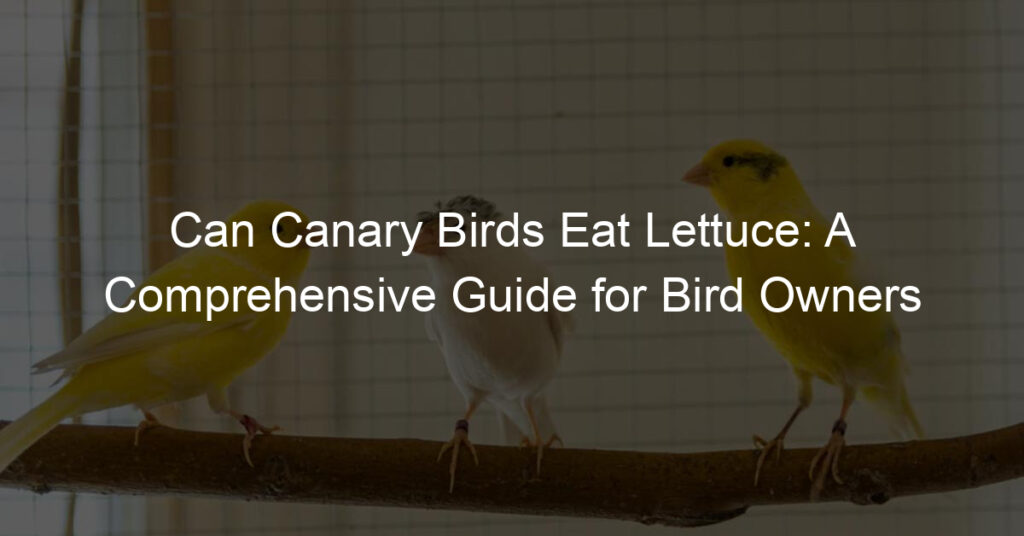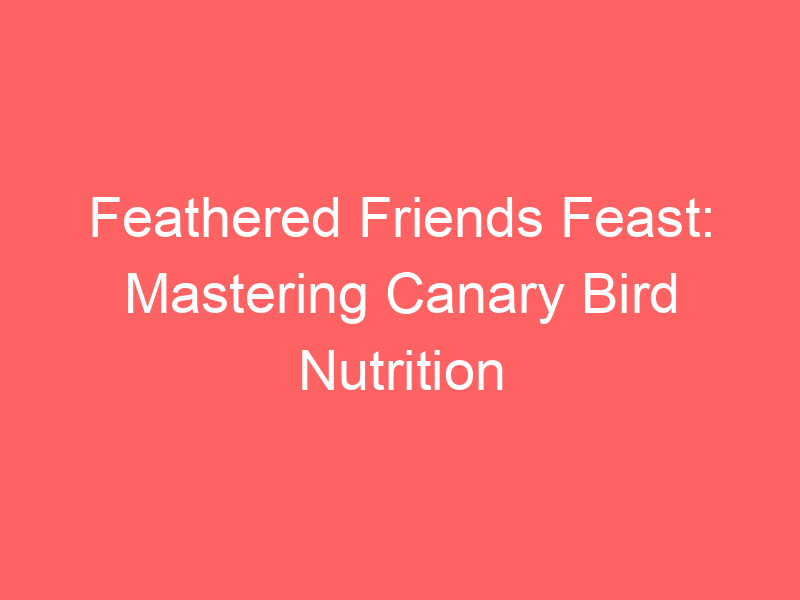As a canary bird owner, I’ve often wondered can Canary birds eat lettuce. Like many other pet owners, I want to ensure that my canary maintains a healthy and balanced diet.
It’s essential to understand what foods can be included in their daily meals and which ones should be avoided.
Canary birds are predominantly seed-eaters, and their diet consists mainly of a variety of seeds, grains, and some fresh fruits and vegetables. However, not all fruits and vegetables are suitable for these delicate creatures. So, can canary birds eat lettuce? The answer is yes.
Lettuce can be a healthy addition to your canary’s diet, as it provides necessary vitamins and minerals for their overall well-being. It’s important to introduce it gradually and monitor its impact on your bird’s health.
Key Takeaways
- Lettuce can be a healthy addition to a canary’s diet
- Gradual introduction and monitoring are crucial
- There are other fruits and vegetables suitable for canaries
Can Canary Birds Eat Lettuce?
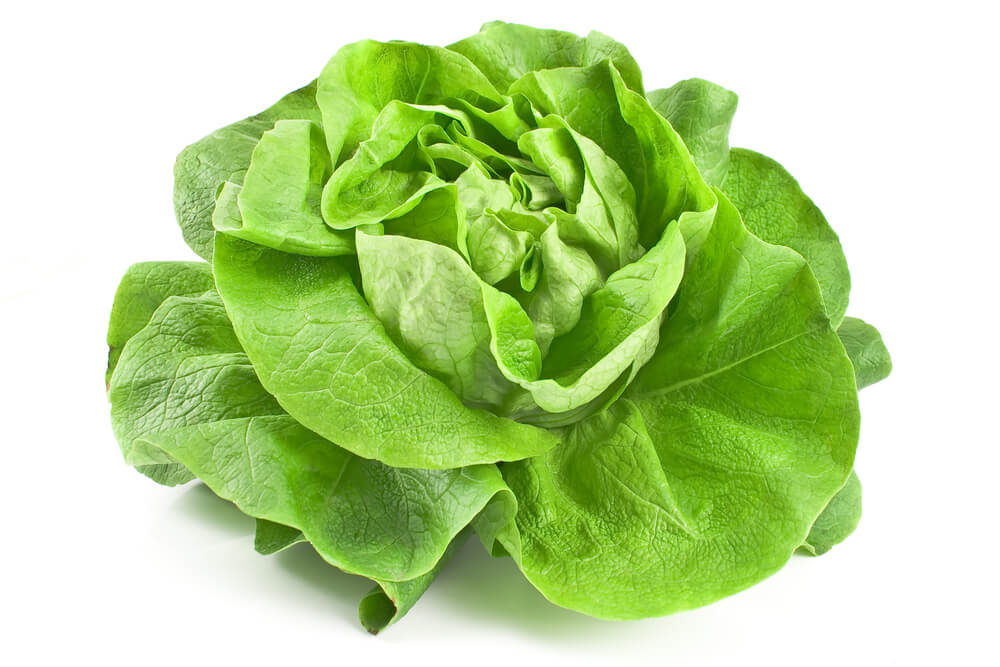
Seed Mix and Other Staple Foods
In providing a proper diet for my canary, I focus on offering a balanced seed mix as their essential source of nourishment. A high-quality seed blend typically contains canary seeds, as well as other seeds like millets, oats, and occasionally sunflower seeds.
Additionally, adding small amounts of pelleted food to their diet is beneficial.
Role of Fruits and Vegetables
I always include fresh fruits and vegetables, such as lettuce, in my canary’s daily diet. These provide essential vitamins, minerals, and hydration. It’s important for me to wash all produce thoroughly before feeding it to my canary.
I also rotate various types of fruits and vegetables, offering them different options like apples, bananas, carrots, or broccoli.
Water Source Importance
Ensuring that my canary has access to a clean and fresh water source is essential for its overall well-being. I make it a point to frequently change my canary’s water and maintain a clean water dish. A reliable water source not only keeps my canary hydrated but also aids in digestion and overall bodily functions.
Analyzing Lettuce as a Diet Option
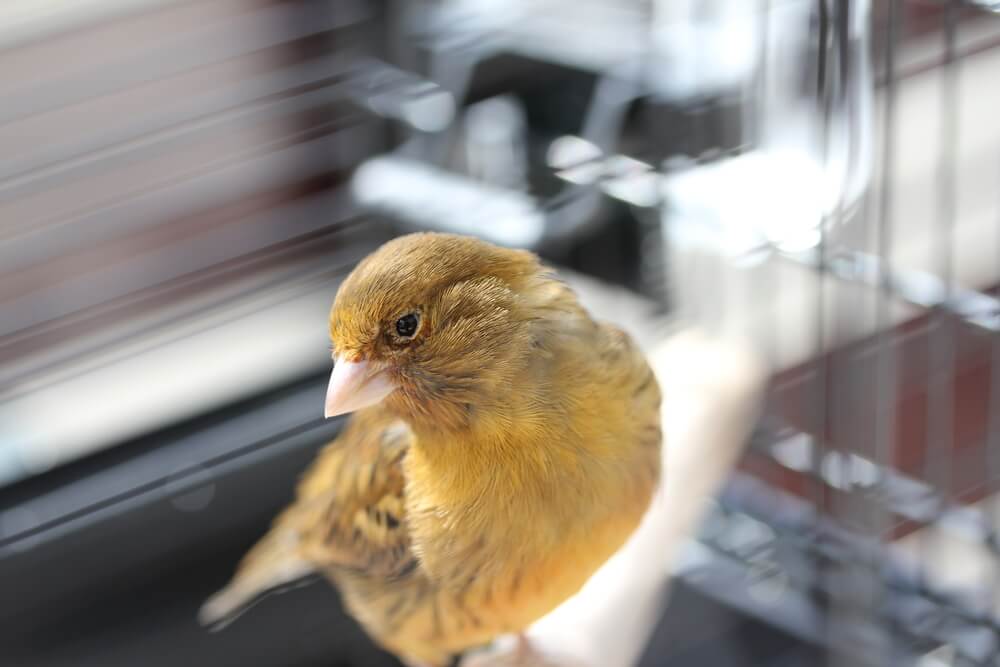
Lettuce Varieties for Canaries
There are several types of lettuce that can be considered as a diet option for canary birds.
I believe that providing a variety will help keep the canaries’ diet balanced and interesting while still including their desired nutrients. Some suitable lettuce varieties include:
- Romaine lettuce: Known for its crisp texture and mild taste, Romaine lettuce is popular for its nutritional content, especially vitamins A and K.
- Butterhead lettuce: This type has a soft, buttery texture and is often praised for its sweet and mild flavor. It is a good source of vitamins A, C, and K.
- Red and green leaf lettuce: Both red and green leaf lettuce offer a variety of nutrients, including vitamins A, C, and K, as well as minerals like potassium and iron.
Nutritional Value of Lettuce
Understanding the nutritional value of lettuce is essential when determining whether it is a suitable diet option for canaries. Generally, lettuce is low in calories and high in water content, making it a hydrating and light food option.
Lettuce also contains essential vitamins and minerals that can benefit canaries, such as:
- Vitamin A: This vitamin is crucial for supporting the canary’s immune system and vision.
- Vitamin C: A natural antioxidant, Vitamin C helps protect canaries’ cells from damage.
- Vitamin K: Crucial for blood clotting and bone metabolism, Vitamin K can provide essential support to the overall health of canaries.
- Potassium: This mineral helps regulate fluid balance and nerve function in canaries.
- Iron: Essential for the transportation of oxygen in their blood, iron is a vital mineral for canary birds.
Water and Caloric Content in Lettuce
As mentioned, lettuce is high in water content and low in calories. Here is a simple breakdown of the water and caloric content found in various lettuce types:
| Lettuce Type | Water Content (%) | Calories (Per 100g) |
|---|---|---|
| Romaine lettuce | 95 | 17 |
| Butterhead lettuce | 96 | 13 |
| Red/Green leaf | 95 | 15-18 |
The high water content of lettuce, along with its low-calorie count, could contribute to keeping canaries hydrated and preventing overeating. While the calorie count is low, the nutrient density remains high, which is essential for maintaining a balanced diet.
Lettuce and Canary Health
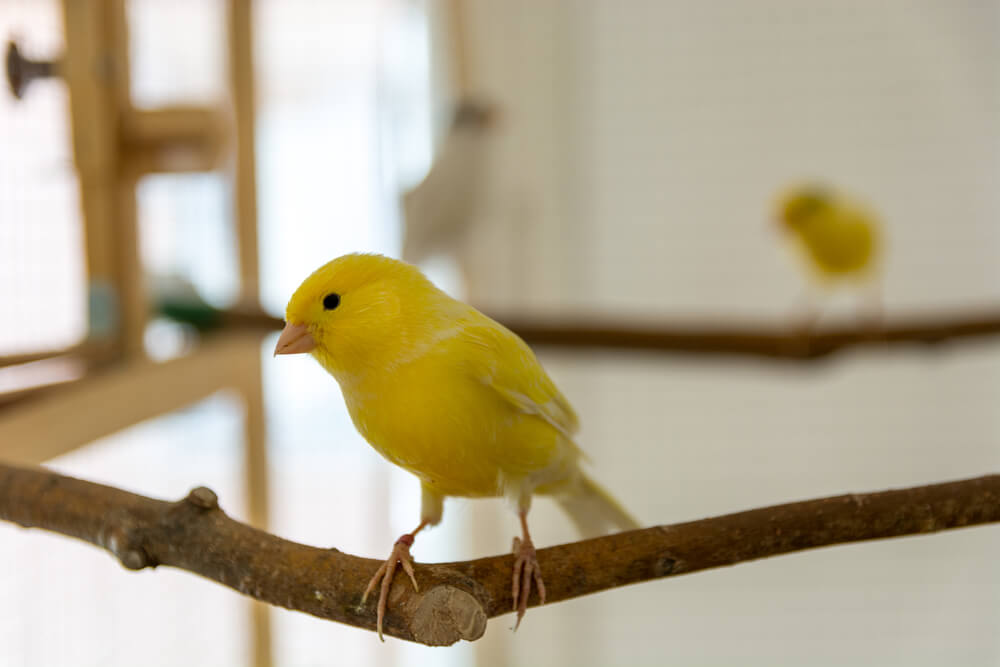
Nutritional Benefits of Lettuce
Lettuce can be a healthy addition to a canary’s diet. It provides a good source of hydration and contains a variety of essential nutrients, such as vitamins A, C, and K, as well as minerals like calcium and potassium. It’s important to remember that different types of lettuce have varying nutritional profiles.
For example, I’d recommend darker leafy greens like romaine lettuce over iceberg lettuce because they tend to have a higher nutritional value.
Potential Health Problems
Although lettuce can be beneficial for canaries, it’s crucial to be aware of the potential health problems it may cause if offered excessively. For example, lettuce has high water content, and excessive consumption can lead to diarrhea in canaries.
Further, if lettuce becomes the primary food source, it can lead to nutrient imbalances and deficiencies since lettuce alone cannot provide all the essential nutrients a canary needs.
Moderation is Key
To ensure that my canary receives the health benefits of lettuce without experiencing any negative effects, I practice moderation in feeding lettuce. By offering small amounts of lettuce as a treat or supplement to a balanced diet, I am providing my canary with a varied diet that enhances their overall health.
When feeding lettuce to canaries, it’s important to wash it thoroughly to remove any potential pesticides or contaminants. Also, I make sure to remove any uneaten lettuce after a few hours to prevent spoilage and maintain a clean environment for my feathered friend.
Alternatives to Lettuce
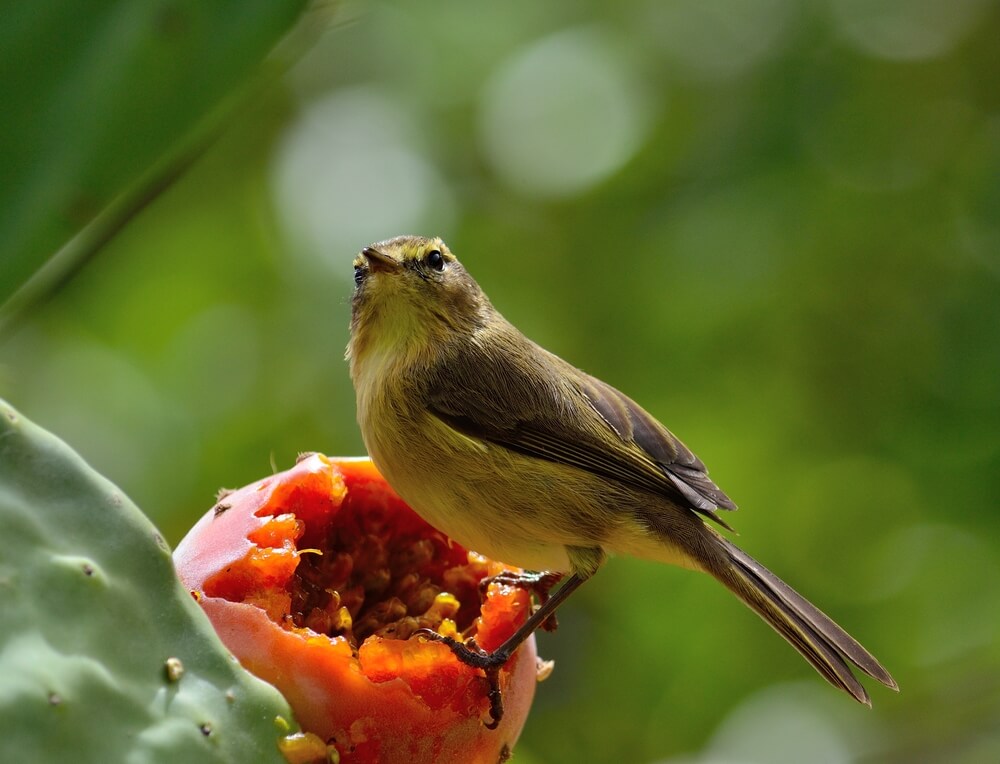
Spinach and Other Leafy Greens
In my experience, canary birds can enjoy a variety of leafy greens as a healthy alternative to lettuce. Spinach, kale, and broccoli are great options, as they provide essential nutrients like folate. I find that rotating these greens in my canary’s diet keeps them interested and ensures they receive a variety of nutrients.
Remember to wash them thoroughly and serve them in small, manageable pieces.
Fruits are an Option Too
Besides leafy greens, I also include fruits in my canary’s diet. Apples and bananas are among the popular choices I offer. They are rich in vitamins and minerals, and most canaries enjoy their sweet taste. I make sure to remove any seeds and serve the fruit in small, bite-sized pieces.
Keep in mind that fruits should be offered in moderation, as too much sugar can be harmful to canaries.
Seed Mix Importance
While leafy greens and fruits contribute to my canary’s diet, seeds remain the most crucial component of their daily intake. Canary seed mixes often contain a blend of seeds such as rapeseed, niger, and flaxseed. These seeds provide essential fatty acids, protein, and carbohydrates for optimal health.
I give my canary a mix specific to their species to ensure they receive the best nutrition. Feed your canary a balanced diet to ensure they stay healthy and strong.
Toxic Foods for Canaries
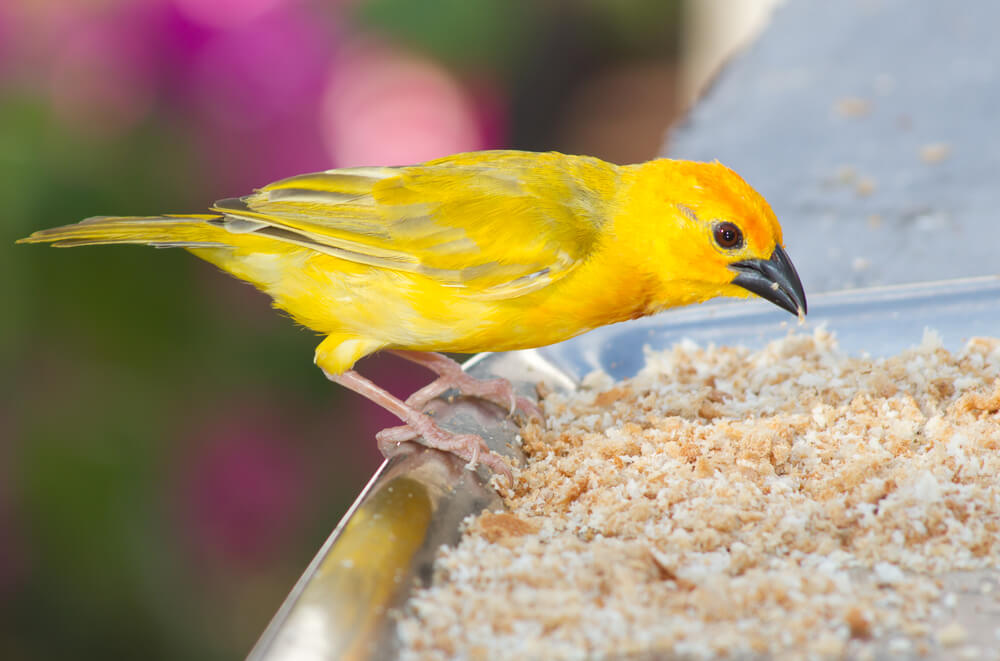
Tea and Coffee
As a canary owner, I need to be aware that certain foods and beverages are toxic for them. For example, tea and coffee should never be given to canaries, as they contain caffeine and tannins that are harmful to these delicate birds.
Caffeine can cause increased heart rate, agitation, and even death in canaries, while tannins can lead to gastrointestinal problems.
Chocolate and Junk Food
Another food group to avoid for canaries is chocolate and junk food. Chocolate is toxic for many animals, including canaries, as it contains theobromine, a substance that can cause severe health problems, such as heart issues and digestive distress, and can be fatal in large amounts.
Canaries have a sensitive metabolism that is not well-suited to handle the high amounts of sugar, salt, and artificial additives found in junk food. These unhealthy ingredients can lead to obesity, liver damage, and other health issues in canaries.
By being cautious about the foods I offer to my canary, I can ensure their health and well-being. It is essential to remember that toxic foods for canaries are not limited to tea, coffee, chocolate, and junk food. Other items, such as avocados, onions, and some fruit seeds, can also be harmful to canaries.
When providing food for my canary, I always stick to a balanced diet that is specially formulated for their needs and avoid these toxic elements.
Conclusion
I have thoroughly examined the topic of feeding lettuce to canary birds. It is clear that lettuce can be a healthy addition to a canary’s diet as long as it is washed thoroughly and given in moderation.
Lettuces like romaine and butterhead are great options, while iceberg lettuce should be avoided due to its low nutritional value.
Incorporating lettuce into a canary’s diet provides beneficial nutrients such as vitamins, minerals, and fiber, which help support healthy growth and overall well-being. Introducing new foods like lettuce slowly is important, as sudden dietary changes can cause digestive problems in canaries.
When feeding lettuce to canaries, remember to chop it into small pieces that are easy for them to consume. Giving a variety of other leafy greens and vegetables, along with a balanced diet of seeds, pellets, and occasional treats, ensures a well-rounded diet for canaries.
I am confident that lettuce, when offered properly, can be a valuable addition to a canary’s diet, contributing to their health and happiness.
Frequently Asked Questions
What parts of lettuce can canaries eat?
I recommend feeding canaries the tender, green parts of the lettuce, such as the leaves. These parts contain more nutrients compared to the paler parts, like the inner core. Make sure to wash the lettuce thoroughly before giving it to your canaries.
How often should canaries eat lettuce?
Lettuce can be an occasional addition to your canary’s diet. I suggest offering lettuce once or twice a week. Monitor your canary’s eating habits to ensure it does not become an over-reliance on lettuce instead of the mainstay canary seed mix.
What other vegetables can canaries consume?
Canaries can enjoy a variety of vegetables, including broccoli, cucumber, carrot, and spinach. These veggies can offer a range of nutrients and textures for your birds, keeping their diet interesting and balanced.
Are there any dangers in feeding lettuce to canaries?
As long as the lettuce is fresh and clean, there should be minimal risk in offering it to your canaries. However, avoid giving them wilted, brown, or slimy lettuce, as this can be a breeding ground for harmful bacteria.
What fruits are safe for canaries to eat?
Canaries can eat fruits such as apples, berries, oranges, and grapes. Make sure to remove seeds and excessive peel from the fruit as they may pose a choking hazard or contain harmful substances for your canaries.
Which foods should be avoided for canaries?
Canaries should avoid high-fat and high-sugar foods, such as chocolate, avocado, and honey. These foods can lead to obesity, sluggish behavior, and other health problems. It is also essential to avoid giving your canaries anything containing caffeine or alcohol.

